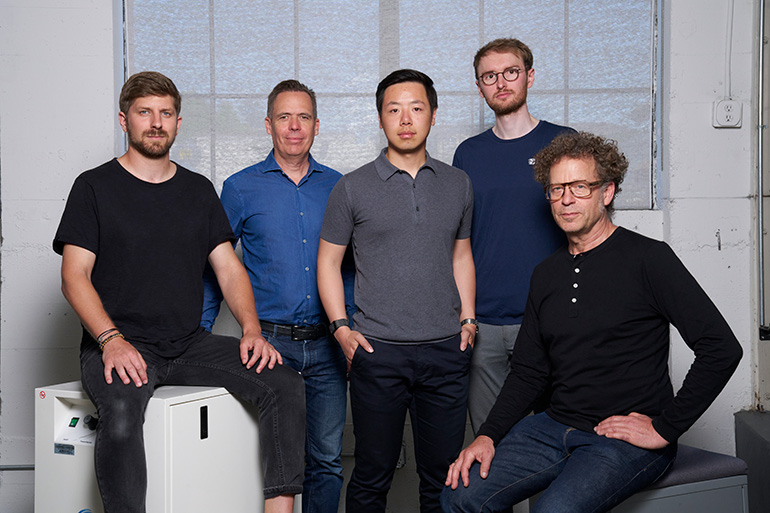|
Listen to this article |
Traditional industrial robot programming can take weeks to months. If you are a software programmer for a systems integrator, your schedule is often squeezed at the end of the project development cycle for your customer, after the hardware build and implementation delays hit the project schedule. Jacobi Robotics is trying to solve these issues for robot programmers with its new AI-powered motion planning software that it claims can deploy robot arms in days and requires 1000x less computation time.
Today, the startup made its software platform available to the general market, raised $5 million in seed funding, and released Jacobi Palletizer, the first in a series of AI-powered solutions that leverage Jacobi’s motion planning technology. Pallet-based logistics represents more than $400 billion worth of U.S. trade exports annually, driving a rapidly growing demand and deployment for robotic palletizers that stack cases onto pallets for storage and shipment.
Jacobi Robotics will be speaking at RoboBusiness, a leading event for commercial robotics developers, that takes place Oct. 16-17 in Santa Clara, Calif. Jacobi co-founder and CEO Max Cao will be talking about Bridging the Software Gap Blocking AI-Powered Robots. The session will dive into early promises of Generative AI and foundation models, as well as the main hurdles of these technologies and how Jacobi is looking to help close the gap.
Out of the lab, into the production line

Yahav Avigal, Arno Strotgen, Max Cao, Lars Berscheid, and Ken Goldberg (L to R). | Credit: Marla Aufmuth
The company was formed by a group of roboticists from the Berkeley AI Research Lab and came out of Berkeley professor Ken Goldberg’s AI lab. The company believes industrial robotics has reached an inflection point. Robots in production use cases are now being reprogrammed every six months instead of every six years. Shorter production runs and new use cases enabled by advancements in AI require robots that adapt to changes. In production deployments, Jacobi’s pilot partners have already seen a 95% reduction in deployment time and a 24% savings in overall project costs after deploying Jacobi.
“Just a few years ago, machine learning was limited to a small group of experts and researchers,” said Cao. “Today, any software developer can train a production-ready machine learning model by following an online tutorial. Similarly, in a few years, software engineers will be implementing production-ready robot applications using Jacobi. The strong demand we’ve seen from the market underscores how programming for industrial robots is ripe for a massive shift. The new financing will enable us to quickly ramp Jacobi’s capacity to meet initial and new demand fulfillment.”
Robot motion planning, which involves controlling a robot’s joints to maneuver its end-of-arm tool while avoiding obstacles, is a foundational aspect of robotics. However, until recently, it was virtually never used in commercial settings due to the complexity and computational requirements of implementing these algorithms, making them impractical. Jacobi has pioneered a new kind of AI-powered motion planning technology resulting in the fastest ever real-time collision-free trajectory generations with computational times below 1 ms.
Jacobi’s robot motion planning technology has sparked significant demand, with agreements already secured with manufacturers across the US, top robotics solutions providers including Formic, and Fortune 500 companies worldwide across a wide range of sectors including electronics and consumer packaged goods.

